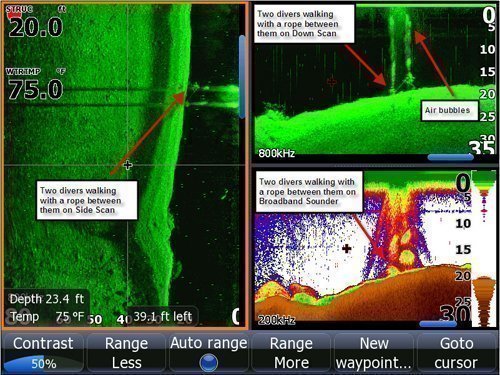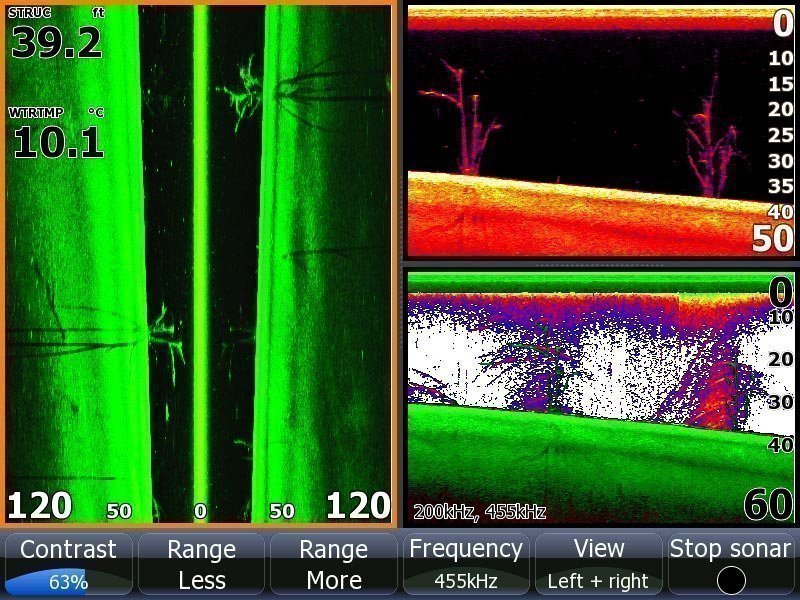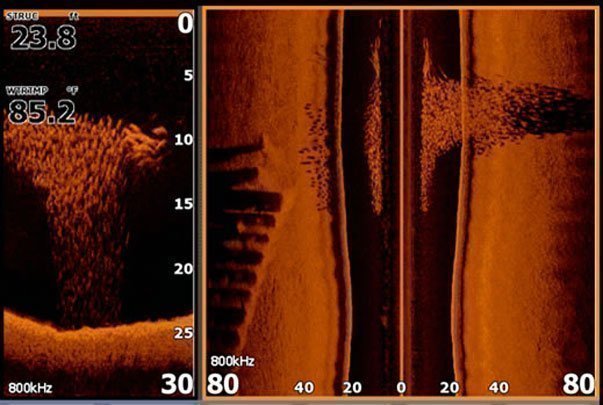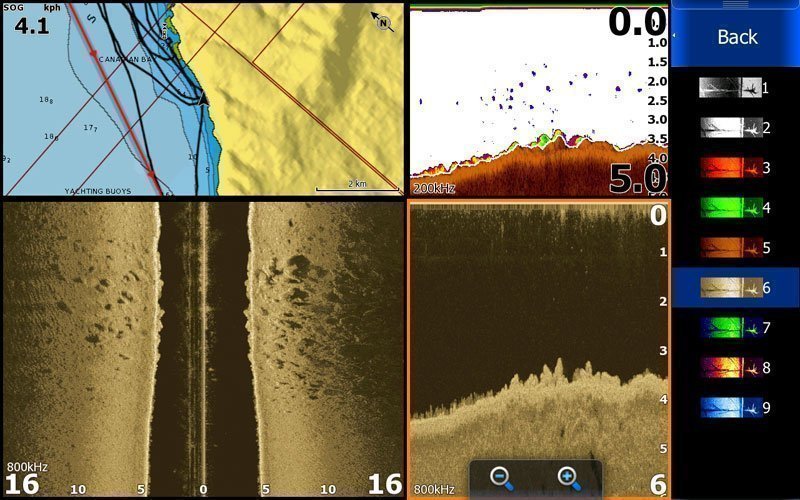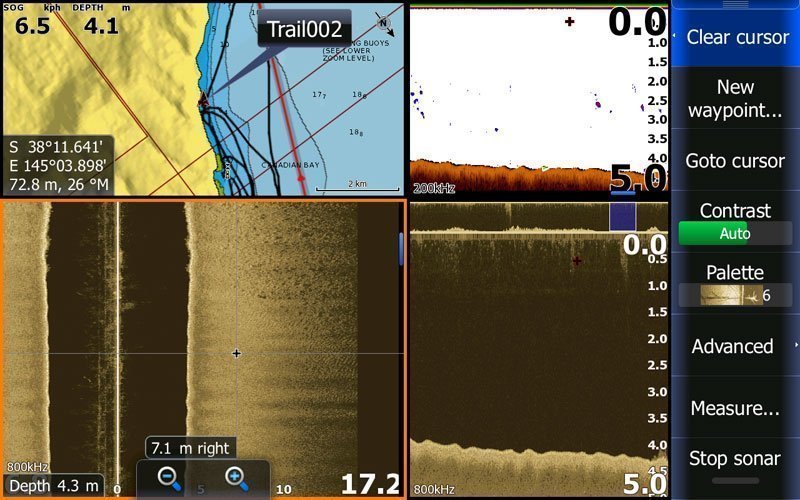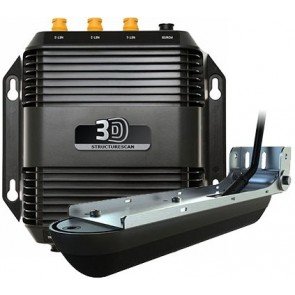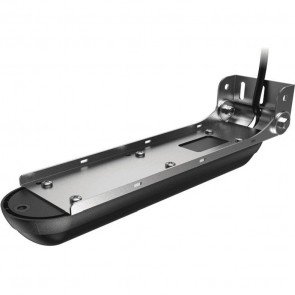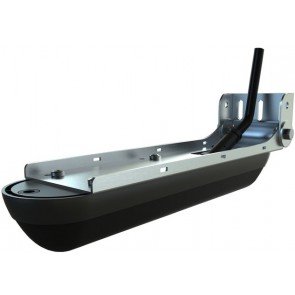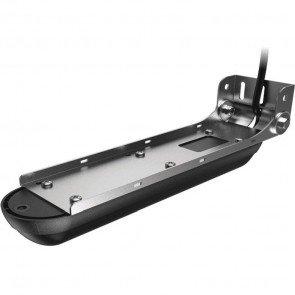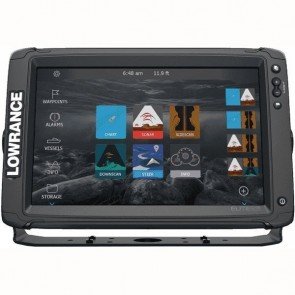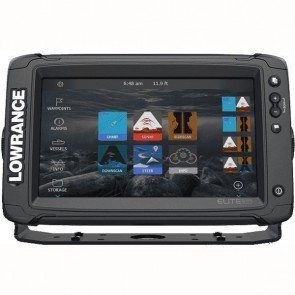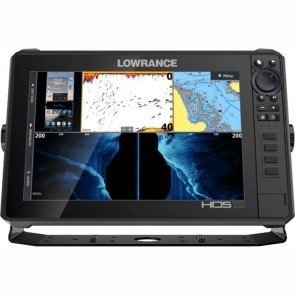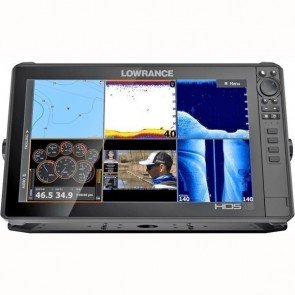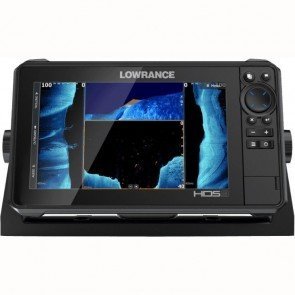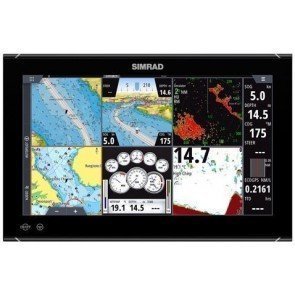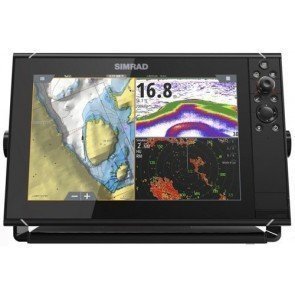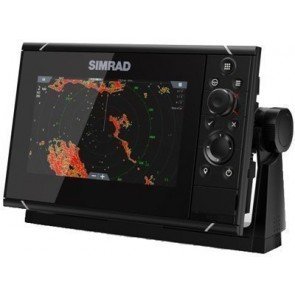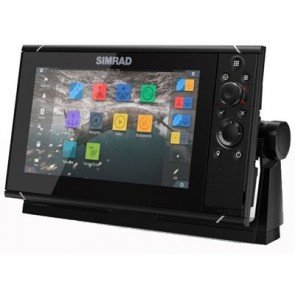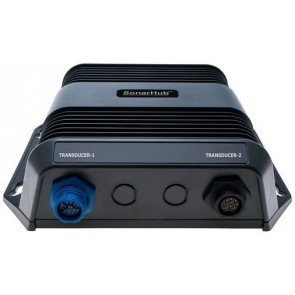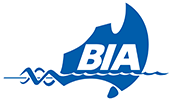Why Active 3-in-1 Imaging makes a difference in all types of fishing
Active Imaging is the latest evolution in StructureScan signal generation and provides incredibly detailed high Resolution imaging without sacrificing Range.
To understand why Active 3-in-1 Imaging makes a difference in all types of fishing, let us first make sure we know the fundamentals of what we are looking at and the terminology being used.
Active Imaging
Active Imaging is a live Sonar Transducer that allows you to see far more detail without sacrificing Range or having to change frequencies while fishing.
Active Imaging's 3-in-1 Transducer (combining CHIRP/SideScan/Downscan) offers more clarity and Resolution than StructureScan HD, and allows you to view multiple angles all at once.
This has been a gamechanger when it comes to viewing structure, Fish and bottom composition in clearer detail than ever before – even from afar. Check out the difference in the image to the right – incredible!
StructureScan
It all first started with StructureScan – launched back in 2009 and changing the Way we Fish forever.
StructureScan - the combination of Side Imaging and down imaging
Side (Scan) Image can be on the left side and/or the right side of the boat
Down (Scan) Image (DI) is the conventional Fish Finder like view which is presented in a cross section, but is scanned at 455 or 800khz, giving a more photo like display.
Sonar (Fishfinder) is the conventional Fishfinder view
So how does it all work?
Looking at the above image, there are 3 panels. The left hand side of the screen is a left side image. The sea surface is in the middle of the screen above the letter e (in the word Range) and extends all the Way up to the top of the screen. The column of water is shown in the black expanse to the left of the surface and the sea bed is at 20 feet below the surface taking up the rest of the content in this panel.
The top right hand side of the panel is a down image. This shows the traditional Fish Finder cross sectional view, but because of the much higher Frequency, provides an almost photo realistic image of 2 divers walking on the bottom tethered together.
The bottom right hand image is the conventional sonar view. Notice the unfocused difference to the image above. There is something down there, but we have no idea what it is.
Looking at this image and comparing it with the one above we now see in panel 1 on the left hand side of the screen, both a left and rightside image.
Notice that the top right hand down image shows the two trees, but has no concept on which side of the vessel they are located. Only by looking at the side image in the left hand panel did we learn that most recent tree was on the Starboard side and the earlier tree was on the Port side.
Again the sonar image knew that something was there but had no idea what is was.
Notice also that there is a shadow behind each tree. If you held your hand vertically and shone a torch on it you would get a shadow. Think of Side Imaging in this way
The image above is composed of: Left panel - down image, right panel - full side image. Note screen proportions have been manually adjusted to make side image panel use 66% of total screen space
This is our game fishing hero shot - if you are chasing Yellow Tail King Fish or Tuna pay attention! This time the screens are switched around with our down image in the left hand panel and we can see that there is a bait school underneath. With a conventional sounder or a Down Imaging unit, we have no idea where the bait school is. Only by looking at the side image panel on the right do we learn that the majority of the school is on the Starboard side and so we would turn to Starboard to go around them.
Note also that there is some man made structure on the Port side. With structure there is habitat. With habitat comes aggregation. Only by the triple use of side image, down image and Sonar image do we learn about what is happening and where. A sonar view will amplify a Fish image so it is better to use this view to find individual Fish.
Here we can see a transition from sand to rock and weed.
We know we are on sand as we can see the ripples that the waves have created on the sea floor. Again the transition for sand to rock is clearly apparent.
In the top right hand side we can see our Sonar view of a large baitball being munched on by a predator (at 10 o'clock position). This is more apparent in the bottom right hand side, down image view.
So what have we learnt?
In our view, Down Imaging (DI) units are only providing half the story. To get the complete picture, buy a unit capable of all three - side imaging, down scanning and sonar.
For more information on sounders, get in touch with us at CH Smith Marine on (03) 9403 4800.
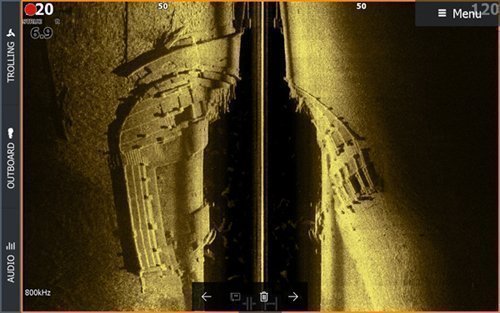

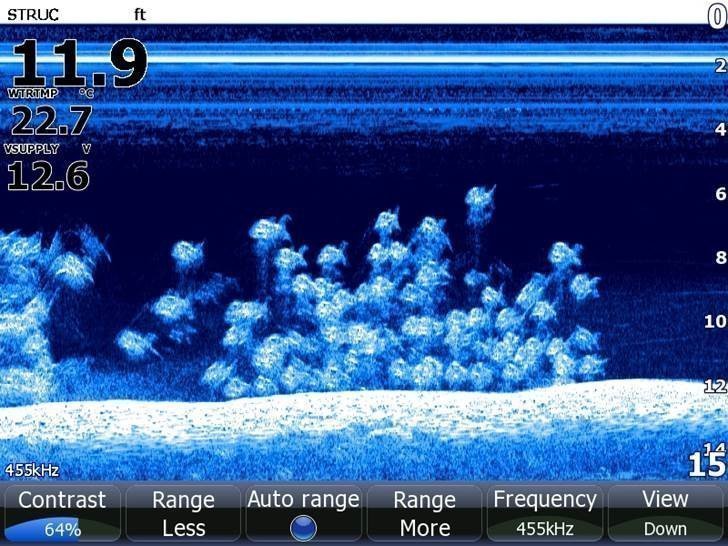
Related Products
-
StructureScan 3D
RRP: $1,550.99
NOW: $1,329.00
-
Navico Active Imaging 2-in-1 SideScan Transducer
RRP: $499.00
NOW: $439.00
-
StructureScan 3D Transom Mount Transducer
RRP: $669.99
NOW: $642.00
-
Lowrance/Simrad Active Imaging 3-in-1 Transducer
RRP: $599.00
NOW: $529.00
-
Lowrance Elite 12 Ti2 Combo (Discontinued)
-
Lowrance Elite 7 Ti2 Combo (Discontinued)
-
Lowrance Elite 9 Ti2 Combo (Discontinued)
-
Lowrance HDS12 Live Combo (Discontinued)
-
Lowrance HDS16 Live Combo (Discontinued)
-
Lowrance HDS7 Live Combo (Discontinued)
-
Lowrance HDS9 Live Combo (Discontinued)
-
Simrad NSO16 Evo3 Combo (Discontinued)
-
Simrad NSO19 Evo3 Combo (Discontinued)
-
Simrad NSO24 Evo3 Combo (Discontinued)
-
Simrad NSS12 Evo3 Combo (Discontinued)
-
Simrad NSS7 Evo3 Combo
-
Simrad NSS9 Evo3 Combo (Discontinued)
-
SonarHub CHIRP Module

